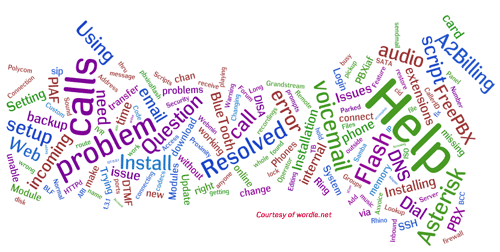Where to Begin: A Comparison of Open Source Features in Asterisk Aggregations
[purehtml id=19] We receive frequent inquiries requesting that we document the feature set in the open source Asterisk® distributions that Nerd Vittles writes about each week. So today we’re pleased to provide a Feature Matrix that we will attempt to keep current as we move forward. Just bookmark this page, and you can check back periodically to get a quick thumbnail sketch of what each of these distributions currently supports.1 A chart, of course, doesn’t tell the whole story. But… Read More ›



